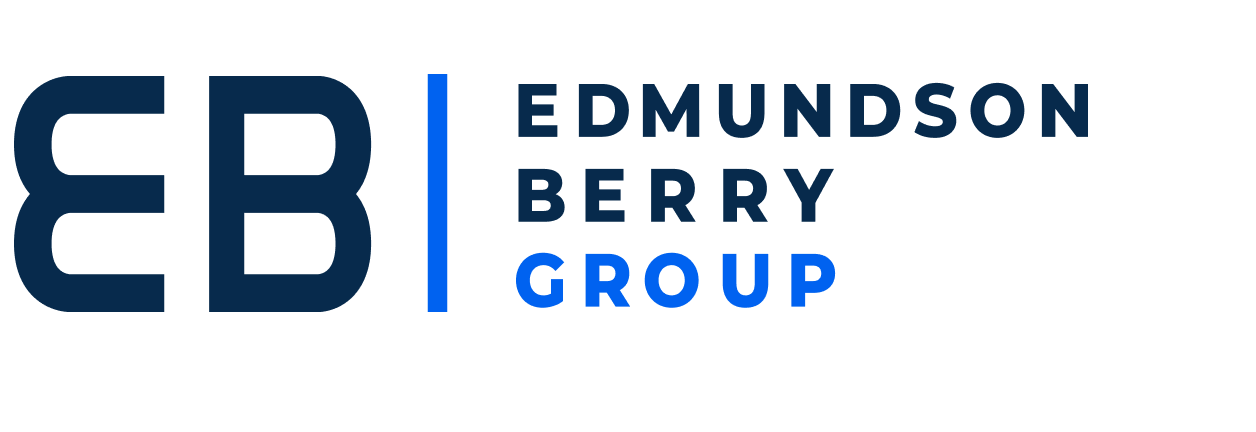- May 22, 2014
- Posted by: jsagar@marketingmo.com
- Category: Leadership and People
Hiring is an interesting topic of discussion amongst executives. Most think they’re really good at it, but not everyone has the metrics to back up their claim.
For the majority of mid-market companies, poor hiring creates the single greatest expense to the P&L. A single hiring mistake can cost as much as 5 times the person’s annual salary when you add in all the hidden cost of time, lost opportunity etc. It’s a hidden expense, but you don’t need a complicated financial analysis to determine if you’ve made a hiring mistake.
Think about the people you’ve hired in the past 2 years and count how many have:
- Been fired by you
- Fired you (by leaving the position)
- Continued to work at the company, but you’re unhappy with the person’s performance
These are your hiring mistakes.
They happen more than we realize, and there’s a reason why it happens. Human beings are imperfect creatures driven by emotion, beliefs, quirks, and irrationalities. While we’re told to hire slow and fire fast, many of us do the exact opposite.
Psychologists often suggest that it’s human nature to make a decision whether to hire someone within the first five minutes of the interview. The rest of the time is spent validating the interviewer’s decision.
Most people don’t realize that approximately 83% of the characteristics of their weakest performers also exist in their strong performers. How do you identify what really determines how well a person will perform?
The trick is to prevent your natural human instinct to take over.
Science is More Reliable Than Opinion
 The single most important thing you can do to prevent making a bad hire is to have science determine whether the person is a fit, not your own judgment.
The single most important thing you can do to prevent making a bad hire is to have science determine whether the person is a fit, not your own judgment.
(And if you’re wondering about your judgment, statistics show that 82% of the time that we make a hire, we make a mistake – see the three outcomes listed above.)
Here’s the solution:
Use the scientifically-proven, validated assessments that are readily available in the marketplace to determine whether the candidate is going to succeed or fail in the job.
Everyone has heard of the some of the older assessments (DISC and Meyer’s Briggs come to mind), but there have been recent scientific breakthroughs that can now deliver something that was almost unthinkable 25 years ago: a blueprint of a person’s cognitive and emotional makeup.
The science is highly predictive. Assessments allow us to do what I call “people mapping” – creating something akin to a topographic map of a piece of land, but for that potential hire.
There are many fabulous tools to select from. Some of my favorite assessment tools are the CENTACs, EQi – 2.0, Workplace Big Five, and The WorkPlace Motivators. These tools used in conjunction with one another will allow you to measure the important facets of the candidates’ personalities, motivations and drivers. This will allow you to know if that person is a good fit, instead of guessing if they’re a good fit.
Using one assessment (and understanding how to apply the results) is better than using none.
Using complimentary assessments is better than using one assessment.
And using a sequence of validated assessments can almost eliminate the risk that you’ll make that hiring mistake.
The ones that I use are here. A description of how I use them is here, here and here.
Feel free to contact me if you’d like access to these for your candidates.




